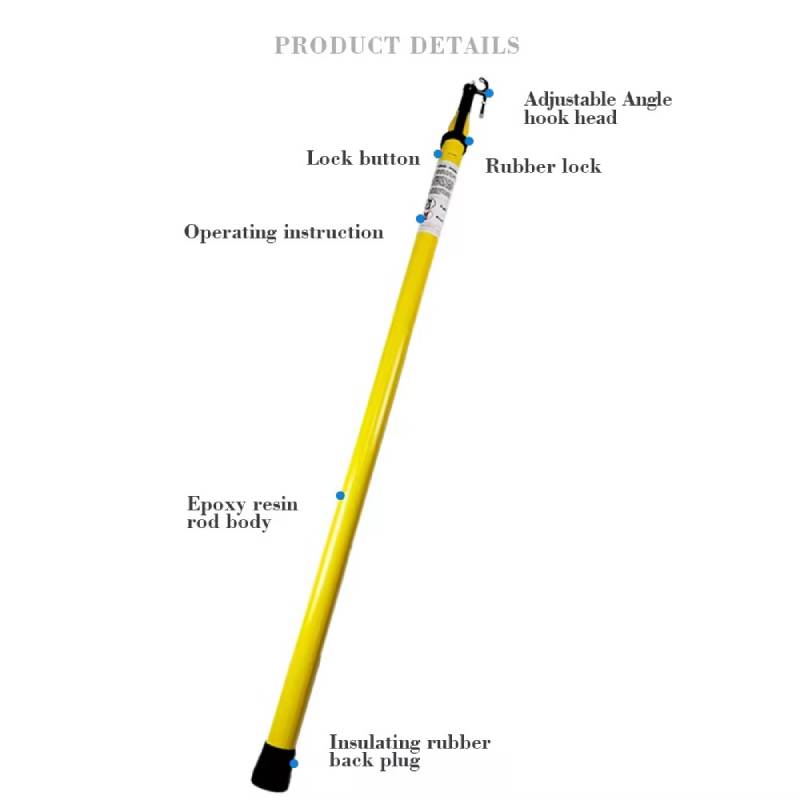
-
 Afrikaans
Afrikaans -
 Albanian
Albanian -
 Amharic
Amharic -
 Arabic
Arabic -
 Armenian
Armenian -
 Azerbaijani
Azerbaijani -
 Basque
Basque -
 Belarusian
Belarusian -
 Bengali
Bengali -
 Bosnian
Bosnian -
 Bulgarian
Bulgarian -
 Catalan
Catalan -
 Cebuano
Cebuano -
 Corsican
Corsican -
 Croatian
Croatian -
 Czech
Czech -
 Danish
Danish -
 Dutch
Dutch -
 English
English -
 Esperanto
Esperanto -
 Estonian
Estonian -
 Finnish
Finnish -
 French
French -
 Frisian
Frisian -
 Galician
Galician -
 Georgian
Georgian -
 German
German -
 Greek
Greek -
 Gujarati
Gujarati -
 Haitian Creole
Haitian Creole -
 hausa
hausa -
 hawaiian
hawaiian -
 Hebrew
Hebrew -
 Hindi
Hindi -
 Miao
Miao -
 Hungarian
Hungarian -
 Icelandic
Icelandic -
 igbo
igbo -
 Indonesian
Indonesian -
 irish
irish -
 Italian
Italian -
 Japanese
Japanese -
 Javanese
Javanese -
 Kannada
Kannada -
 kazakh
kazakh -
 Khmer
Khmer -
 Rwandese
Rwandese -
 Korean
Korean -
 Kurdish
Kurdish -
 Kyrgyz
Kyrgyz -
 Lao
Lao -
 Latin
Latin -
 Latvian
Latvian -
 Lithuanian
Lithuanian -
 Luxembourgish
Luxembourgish -
 Macedonian
Macedonian -
 Malgashi
Malgashi -
 Malay
Malay -
 Malayalam
Malayalam -
 Maltese
Maltese -
 Maori
Maori -
 Marathi
Marathi -
 Mongolian
Mongolian -
 Myanmar
Myanmar -
 Nepali
Nepali -
 Norwegian
Norwegian -
 Norwegian
Norwegian -
 Occitan
Occitan -
 Pashto
Pashto -
 Persian
Persian -
 Polish
Polish -
 Portuguese
Portuguese -
 Punjabi
Punjabi -
 Romanian
Romanian -
 Russian
Russian -
 Samoan
Samoan -
 Scottish Gaelic
Scottish Gaelic -
 Serbian
Serbian -
 Sesotho
Sesotho -
 Shona
Shona -
 Sindhi
Sindhi -
 Sinhala
Sinhala -
 Slovak
Slovak -
 Slovenian
Slovenian -
 Somali
Somali -
 Spanish
Spanish -
 Sundanese
Sundanese -
 Swahili
Swahili -
 Swedish
Swedish -
 Tagalog
Tagalog -
 Tajik
Tajik -
 Tamil
Tamil -
 Tatar
Tatar -
 Telugu
Telugu -
 Thai
Thai -
 Turkish
Turkish -
 Turkmen
Turkmen -
 Ukrainian
Ukrainian -
 Urdu
Urdu -
 Uighur
Uighur -
 Uzbek
Uzbek -
 Vietnamese
Vietnamese -
 Welsh
Welsh -
 Bantu
Bantu -
 Yiddish
Yiddish -
 Yoruba
Yoruba -
 Zulu
Zulu


ਨਵੰ. . 10, 2024 19:49 Back to list
Hydraulic Hose Crimping Machine for Efficient and Reliable Connections
The Importance of Crimping Hydraulic Hose Machines in Modern Industry
In the world of hydraulic systems, the integrity and reliability of components play a pivotal role in ensuring optimal performance. Among these components, hydraulic hoses are crucial as they facilitate the transfer of hydraulic fluids and power between machinery. To maintain the durability and safety of hydraulic hoses, crimping is an essential process. This article explores the significance of crimping hydraulic hose machines, their functionality, and the factors to consider when choosing one.
What is Crimping?
Crimping is a mechanical process of compressing a fitting onto the end of a hydraulic hose to form a secure seal. The crimped connection ensures that the hose can withstand high pressure without leaking, which is critical for the safe operation of hydraulic systems. A properly crimped hose minimizes the risk of failure, protecting both the equipment and the operators.
The Role of Hydraulic Hose Crimping Machines
Hydraulic hose crimping machines have been designed to automate the crimping process, making it more efficient and consistent. These machines feature advanced technology to apply precise pressure and ensure uniform crimping. The main components of a crimping machine include
1. Crimping Head This is the core component that applies force to compress the fitting onto the hose. It can come in various sizes to accommodate different hose diameters.
2. Power Source Most crimping machines operate using hydraulic or electric power, allowing them to exert significant force needed for crimping.
4. Die Sets Different die sets are used for various hose sizes and types, enabling versatility in crimping different fittings.
Benefits of Using Hydraulic Hose Crimping Machines
1. Consistency and Precision Automated crimping machines provide uniform results, which is critical for maintaining safety standards in hydraulic systems. Consistent crimping prevents issues such as leaks or hose failures.
crimping hydraulic hose machine

2. Speed and Efficiency Crimping machines can work much faster than manual methods, significantly reducing production time. This efficiency is essential for industries where time is a critical factor.
3. Reduced Labor Costs With automation, fewer operators are required, leading to lower labor costs while maintaining high productivity levels.
4. Versatility Many crimping machines can handle a range of hose sizes and materials, making them suitable for various applications in industries such as construction, agriculture, and manufacturing.
Choosing the Right Crimping Machine
When selecting a crimping hydraulic hose machine, several factors should be taken into consideration
1. Capacity Ensure the machine can handle the diameter and type of hoses you intend to crimp. Different applications may require different crimping pressures.
2. Automation Level Depending on your production needs, you may prefer a fully automated machine or a semi-automated one that allows for some manual intervention.
3. Portability If your operations require mobility, consider a portable crimping machine that can be easily transported to various job sites.
4. Ease of Use A user-friendly interface and clear instructions can significantly reduce training time for your staff.
5. Maintenance and Support Look for a manufacturer that provides strong customer support and easy access to spare parts for maintenance purposes.
Conclusion
Crimping hydraulic hose machines have transformed the way hydraulic systems are maintained and operated. Their ability to ensure reliability, efficiency, and safety cannot be overstated. By investing in the right crimping machine, businesses can enhance their operational capacities while minimizing risks associated with hydraulic system failures. As industries continue to evolve, the importance of these machines in maintaining high standards of safety and performance will remain paramount. Whether in the construction sector or manufacturing, crimping hydraulic hoses is a vital process that contributes to the overall functionality and success of hydraulic systems.
Latest news
duct-rodders-and-conduit-rod-tools
NewsAug.22,2025
ratchet-pullers-and-wire-tightening-tools
NewsAug.22,2025
chain-ratchet-pullers-and-hoist-solutions
NewsAug.22,2025
telescopic-hot-stick-for-electrical-and-high-voltage-use
NewsAug.22,2025
cable-clamp-and-insulated-cable-clamp-systems
NewsAug.22,2025
duct-rodder-conduit-rodder-and-cable-solutions
NewsAug.22,2025








